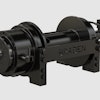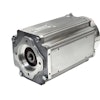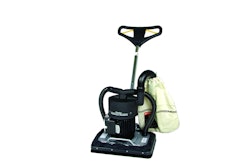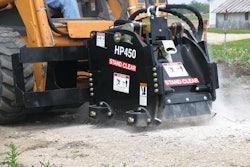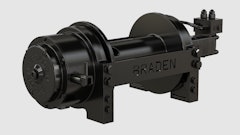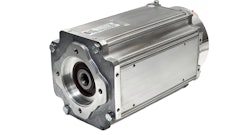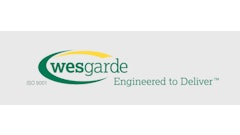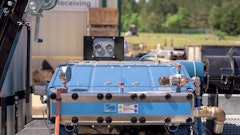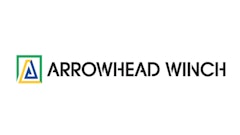
The rental business is a great business. When it's good, it's very good. When it's bad, it can quickly get very bad, especially if you do not properly manage your rental fleet and related debt. But even if you get into trouble, you can work your way out of it as long as you work with a banker that understands the business.
In my experience, having lenders who really understand the rental business and its related risks is the key to managing the business through thick and thin. By really understand I mean a banker who understands the cash flow of a rental unit and its ongoing residual value throughout the business cycle, when the markets are both good and bad. Unfortunately, there are not many around.
Since knowledge of the rental industry is pretty slim in most banking environments, finding a “rental industry” banker might require you grow one yourself. If you can find a banker willing to listen and learn, you can educate him or her about your company as well as the industry. Of course, this takes effort on both sides; the banker must be willing to learn and the company must be able to provide the data to educate the banker.
The rental company should provide internal information through accounting records, fleet analysis, cash flow projections, margin reports on the sale of used rental units, industry reports, cost-of-doing business surveys, equipment appraisals and time and dollar utilization reports. And obviously, this data should be presented in an “industry standard” format so that it is easily compared to American Rental Association (ARA) Cost of Doing Business reports and other related data.
There is nothing a banker likes better than third-party verification of your operating results and equipment values. Consequently, highly valued are reports such as the Rouse Report (monthly report that covers rental industry trends, used equipment values, and used equipment values compared to auction prices), an Annual Equipment Appraisal (reflecting forced and orderly liquidation values as well as fair market value), and industry reports for the public rental companies (Key Bank covers the rental industry and comments on national trends taking place in the industry). Not only does this data provide extensive financial data to the banker you're working with, it also provides data for your banker to present to the bank credit committee that knows nothing about your industry. Both the internal and external company and industry data should be sent to your banker every month along with your commentary highlighting whatever it is you want him/her to focus on.
Because the rental industry is both capital intensive and highly leveraged, at the first sign of a softening market an uneducated banker or credit committee will come to two conclusions: ”This company’s fleet is only going to be worth 10% on the dollar” and “This company will not be able to cover their debt service." Believe it or not, even some of the larger banks who specialize in the rental business have credit folks making these comments and pushing the panic button. But, our educated banker knows better and has the ammo to support:
- The appraised value of your rental fleet.
- The used value trends over the past few years.
- Your internal report showing your sales of five-year-old equipment for 40 to 50% of original cost.
- The time and dollar utilization reports on the fleet.
- The equity in the fleet that could be used to generate cash to support the business.
- A very good feel for your solvency status taking in all of the above.
The point here is that an educated banker is going to work with you a lot longer before taking action to call a loan or refuse to restructure your loan… as long as you have some cushion to work with, meaning you have some equity in the fleet that can be converted into cash by de-fleeting.
So if the question is “Is financing available for a rental company in August of 2012?” the answer is YES as long as you know what you are doing and have the data to support your historical and projected results. You are expected to provide the following:
- Internal reports using the ARA financial statement format
- Participation in the ARA Cost of Doing Business Report
- Annual year-end reports in industry standard format
- A rental budget using historical utilization rates prepared for each Cat Class
- Five years data related to the sale of used rental equipment and a comparison to original cost
- A schedule of rental equipment at cost, book value and outstanding loan balance
- An annual equipment appraisal
- Cash flow schedules with debt service coverage
- Public rental company information
There is nothing on this list you should not be doing already just to manage the business, and your banking relationship as well.


